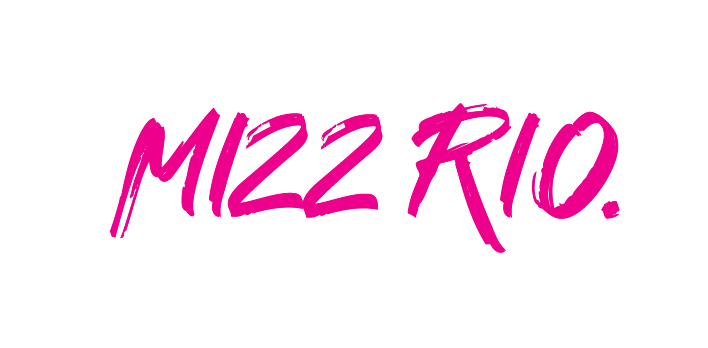
1. Satin: Satin is a classic choice for wedding gowns, loved for its luxurious sheen and smooth texture. It drapes beautifully and creates a structured silhouette. Pros of satin include its ability to highlight the silhouette and provide an elegant, sophisticated look. However, due to its heavyweight, satin may not be the most comfortable fabric in warmer climates. It also has a tendency to wrinkle easily, requiring additional care and maintenance.
2. Chiffon: Chiffon is a lightweight, sheer fabric that flows beautifully. Its soft drape creates a romantic, ethereal look. The pros of chiffon lie in its airy and delicate nature, making it extremely comfortable to wear. It is also known for its versatility, as it can be layered or gathered effortlessly. However, chiffon is prone to snagging and tearing due to its delicate nature. It may also be less forgiving when it comes to hiding imperfections or shaping the body.
3. Lace: Lace is a timeless fabric that adds a touch of femininity and intricacy to any wedding dress. It comes in various types, including Chantilly, Alençon, and Guipure, each with its own unique characteristics. Pros of lace include its romantic and vintage charm, adding intricate patterns and texture to a gown. Lace is also flattering on many body types and can be used to highlight certain features or create illusions. However, lace can sometimes be itchy or uncomfortable against the skin, and its delicacy requires extra care and attention.
4. Tulle: Tulle is a net-like fabric that is often used in skirts or veils to create volume and drama. It is lightweight, adds a whimsical touch, and works well with various dress styles. The pros of tulle include its ability to create fullness and movement effortlessly. It is also suitable for layering, allowing for unique design options. However, tulle can sometimes appear stiff and may require steaming to remove wrinkles. Additionally, its sheer nature may not provide as much coverage as desired.
5. Organza: Organza is a sheer, lightweight fabric that resembles chiffon but has more structure and stiffness. It offers a crisp and polished look, often used in A-line or ball gown designs. The pros of organza include its ability to create stunning silhouettes and maintain its shape. It also holds embellishments and details exceptionally well. However, the stiffness of organza may make it less comfortable to wear for extended periods, and it can be prone to wrinkling.
6. Silk: Silk is a luxurious and natural fabric that is often associated with elegance and opulence. It drapes beautifully, has a soft feel, and comes in various types such as silk satin, silk taffeta, or silk chiffon. The pros of silk include its high-quality look and feel, offering comfort and breathability. Silk also has a timeless appeal and photographs beautifully. However, the cost of silk can be higher compared to other fabrics, and it may require professional cleaning methods.
As you embark on the hunt for your dream wedding dress, carefully consider the type of fabric that suits your needs and desires. Remember to factor in your wedding location, weather conditions, and personal comfort preferences. Ultimately, the right fabric will not only enhance your silhouette but also contribute to creating a memorable and cherished wedding day.
